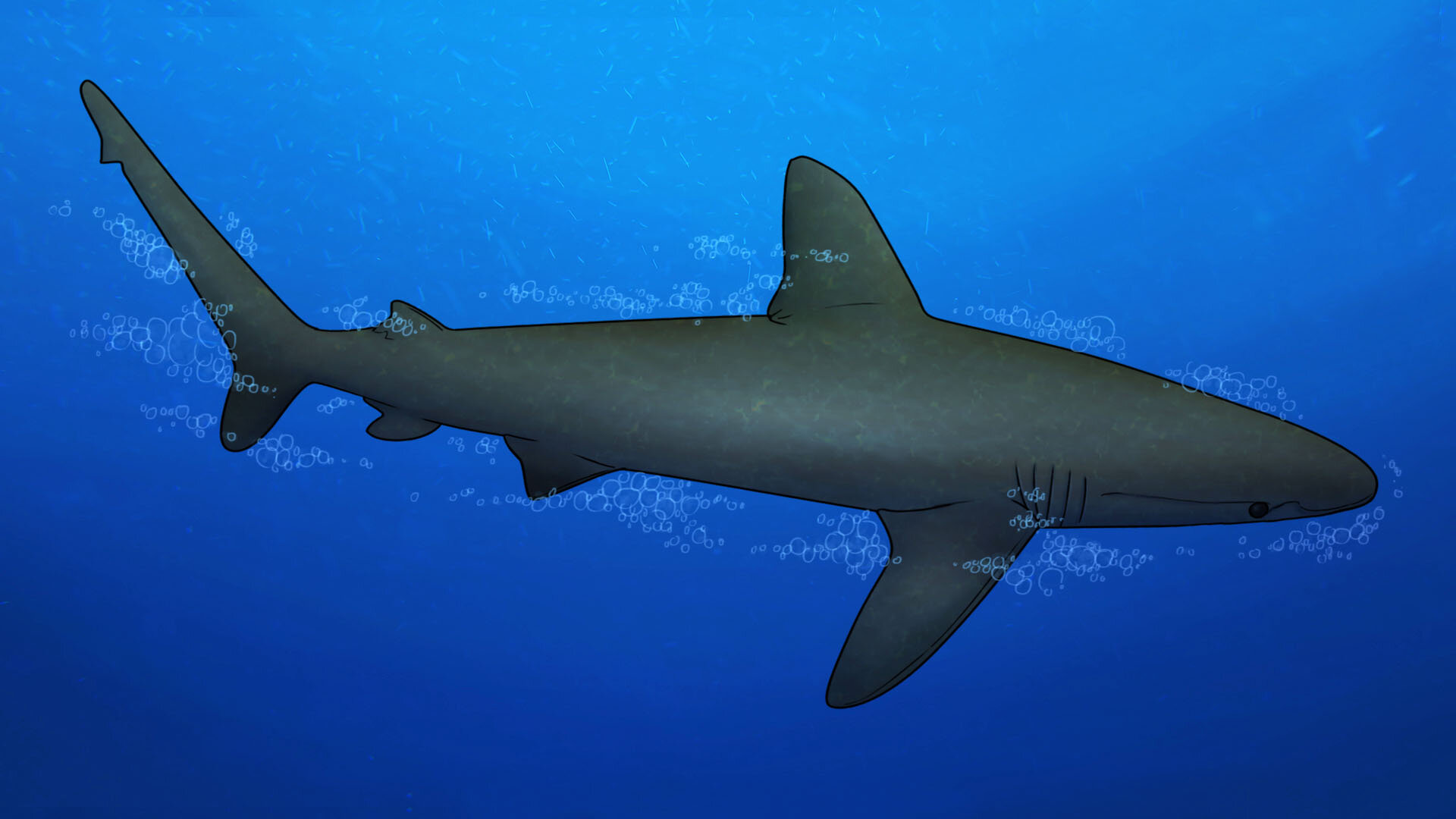Introgressive hybridisation between two widespread sharks
Introgressive hybridisation between two widespread sharks in the east Pacific region
Diana A. Pazmiño, Lynne van Herderden, Colin A. Simpfendorfer, Claudia Junge, Stephen C. Donnellan, E. Mauricio Hoyos-Padilla, Clinton A.J. Duffy, Charlie Huveneers, Bronwyn M. Gillanders, Paul A. Butcher, Gregory E. Maes
Molecular Phylogenetics and Evolution, vol. 136 (2019): 119-127
DOI: https://doi.org/10.1016/j.ympev.2019.04.013
Abstract
With just a handful of documented cases of hybridisation in cartilaginous fishes, shark hybridisation remains poorly investigated. Small amounts of admixture have been detected between Galapagos (Carcharhinus galapagensis) and dusky (Carcharhinus obscurus) sharks previously, generating a hypothesis of ongoing hybridisation. We sampled a large number of individuals from areas where the species co-occur (contact zones) across the Pacific Ocean and used both mitochondrial and nuclear-encoded SNPs to examine genetic admixture and introgression between the two species. Using empirical analytical approaches and simulations, we first developed a set of 1873 highly informative SNPs for these two species to evaluate the degree of admixture between them. Overall, results indicate a high discriminatory power of nuclear SNPs (FST = 0.47, p < 0.05) between the two species, unlike mitochondrial DNA (ΦST = 0.00 p > 0.05), which failed to differentiate these species. We identified four hybrid individuals (∼1%) and detected bi-directional introgression between C. galapagensis and C. obscurus in the Gulf of California along the east Pacific coast of the Americas. We emphasize the importance of including a combination of mtDNA and diagnostic nuclear markers to properly assess species identification, detect patterns of hybridisation, and better inform management and conservation of these sharks, especially given the morphological similarities within the genus Carcharhinus.
Keywords: Elasmobranchs, single nucleotide, polymorphisms, hybridisation, introgression, misidentification.

